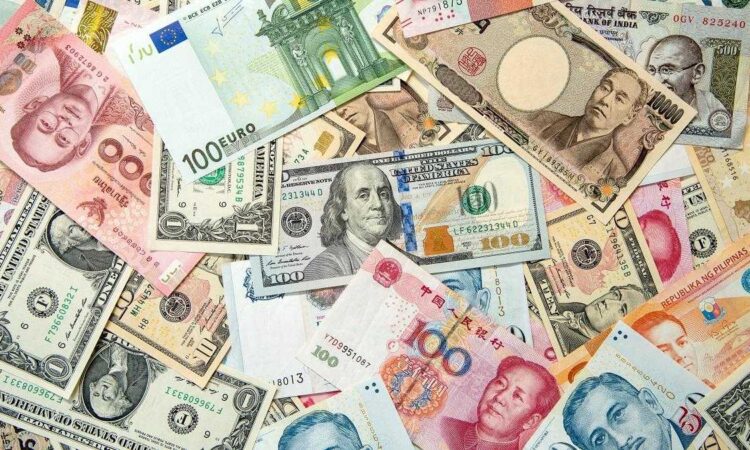
The kwacha has come under renewed pressure, weakening against the euro, pound and South African rand, but has remained relatively stable against the dollar in the first half of this year, it has emerged.
Analysts say this raises fresh concerns about the local unit’s stability at a time foreign exchange continues to be scarce, with foreign exchange reserves hovering at slightly above two months of import cover, way below the recommended three months threshold.

Data from the Reserve Bank of Malawi (RBM) show that during the review period, the kwacha lost 8.6 percent against the euro, 6.2 percent to the pound, 3.4 percent against the rand and eased marginally by 0.08 percent against the dollar.
But despite this apparent stability against the dollar, RBM noted that the spread between the kwacha-dollar telegraphic transfer rate and the bureau cash rate widened slightly to 10.7 percent in the second quarter from 10.6 percent in the previous quarter.
“In the bureaux market, the dollar cash rate stood at K1 937.41 per dollar as of June 30 2025, representing a marginal depreciation of 0.08 percent,” reads the report in part.
In its Country Report for Malawi, the International Monetary Fund observed that the kwacha official exchange rate at K1 751 against the dollar is overvalued, thereby creating distortions across the real economy.
Reads the IMF report: “Malawi’s de jure exchange rate regime is floating supported by inflation targeting, but the RBM de facto operates a “stabilised” exchange rate regime.”
The report indicated that this, coupled with elevated money growth and foreign exchange scarcity, has increased activity in the parallel foreign exchange market and a growing spread to the official rate, peaking at over 150 percent earlier this year.
In an interview on Friday, economic consultant Booker Matemvu said the shifts in the movement of the kwacha against major foreign currencies reflects both global and domestic factors.
He said: “The movements in the forex market reflect a global shift away from the dollar. The dollar is under pressure globally while the kwacha is also struggling.
“The net effect is a façade of stability, but the true value on the parallel market shows that the fall continues.”
In its Mid-Year Economic Review, Nico Asset Managers Limited said persistent shortages of hard currency and speculative pressures continue to cause the disparity between official and parallel exchange rates to widen.
The report indicated that much of the country’s foreign currency inflows in the first half of the year were used to settle overdue payments for essential imports such as fuel, fertiliser and pharmaceuticals, leaving the country with low reserves.
“This underscores Malawi’s continued vulnerability to external shocks and the urgent need to diversify exports and strengthen fiscal resilience a,” reads the report in part.
Economist Bond Mtembezeka, in an interview on Friday, cautioned that the currency market could remain volatile as long as foreign exchange supply remains constrained.
He said: “The challenge is that when liquidity is tight, speculation will always thrive.
“The only sustainable way to deal with speculation is to ensure a constant flow of liquidity on the official and parallel markets.”
Mtembezeka said the outlook suggests that while the kwacha may appear stable against the dollar, underlying weaknesses fuelled by low reserves, external shocks and speculative pressure continues to threaten exchange rate environment.
Financial Market Dealers Association of Malawi president Leslie Fatch is quoted as having warned that unless underlying demand and supply challenges in the forex market are addressed, attempts to improve mismatches, including devaluation of the kwacha, cannot not yield any results.




